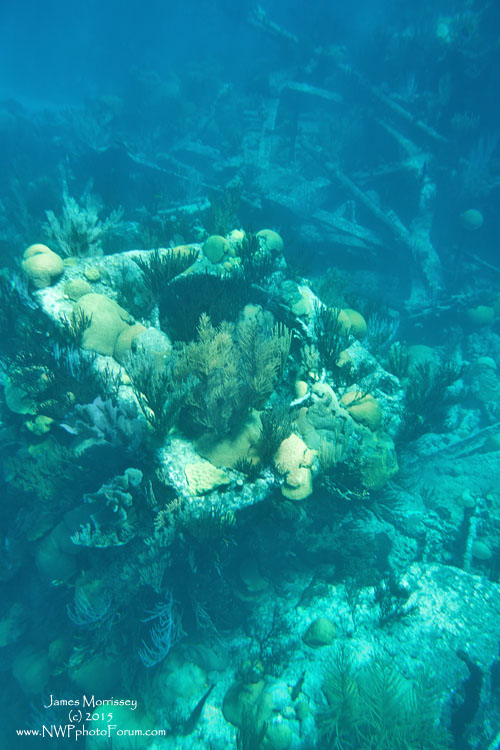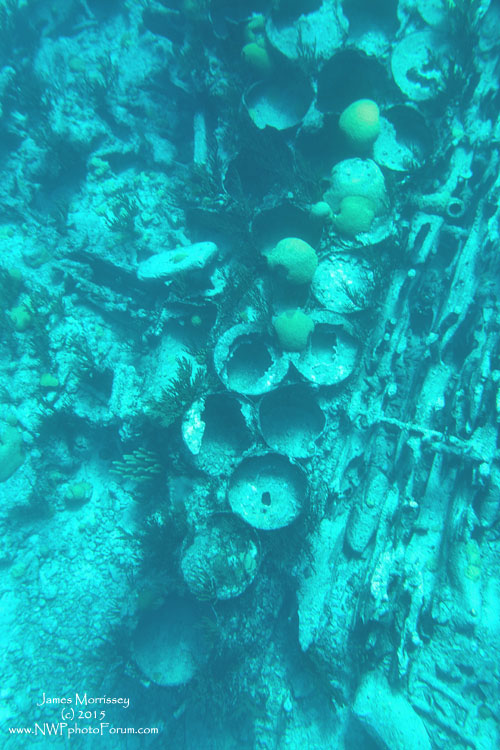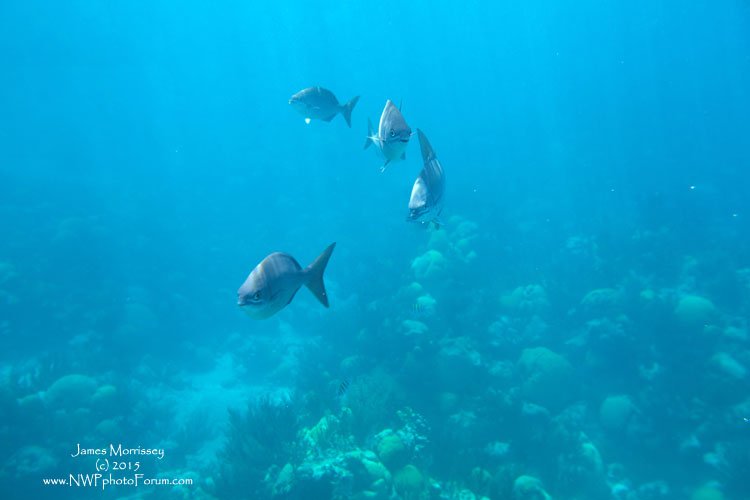


Conclusion:
So, how did putting $5,000 worth of electronics into a $50 water proof bag work out? Honestly, surprisingly well...the one caveat being that you need to be 100% positive that your seals are properly tamped down and that no water is leaking into the bag. I will admit that had my Canon EOS 5d3 dSLR not been weather resistant that I would never have had the courage to try the second run with the Dicapac. Having said that, I am a betting man and I am so glad I did.
As you can see by the photos I shared above, I think that the images are surprisingly acceptable - and this is from a rank novice. I am sure that someone competent could do much better.
Anyway, I went back to the original bag that had a slight leak the other day to see if I could figure out if it was it or me. I submerged the original bag (without a camera) in the tub (which is hard to do when it keeps on wanting to come to the surface) to re-test the seals. I believe that there is definitely a very miniscule leak in the bag that is allowing a tiny amount of water to come into the bag.
There are some simple recommendations that I think would make this bag even better. First, I would like to see a second seal similar to the opening at the top of the bag...perhaps sealed with a cinch. This should help eliminate any potential leakage into the bag. Second, it would be great if there is some way to allow for a flash accessory to go onto the camera. Light under water really allows for everything to pop. Last, I would put a second access port near the second segment of the lens barrel, allowing for both dials to be controlled.
With all that said, good luck and enjoy. With proper sealing, the product definitely works..but buyer beware...test, test and test again to make sure that you do not come out of the ocean with an expensive paper weight.